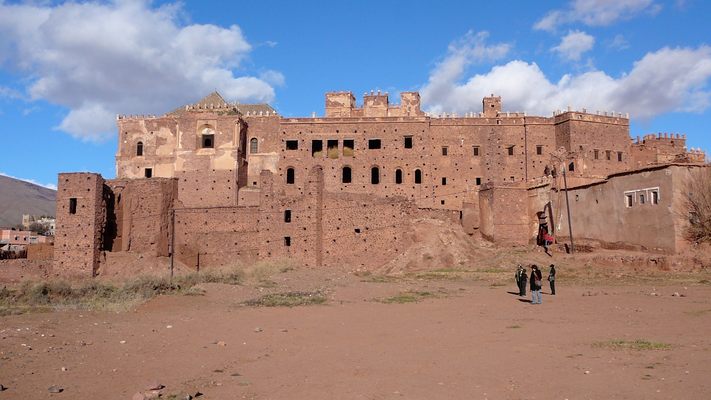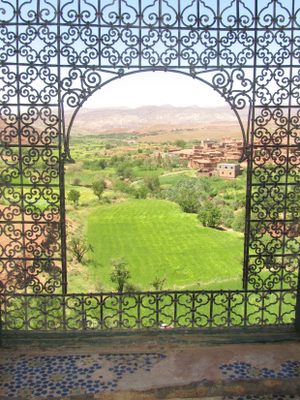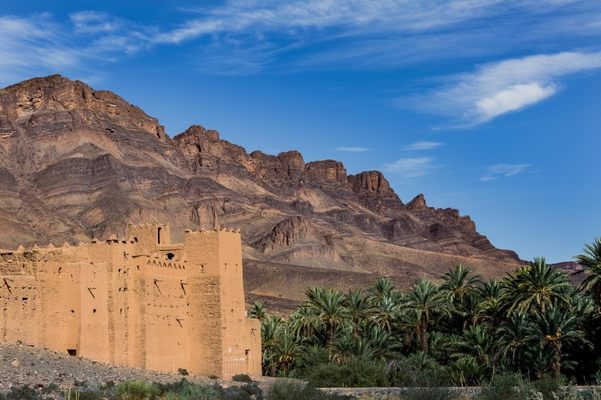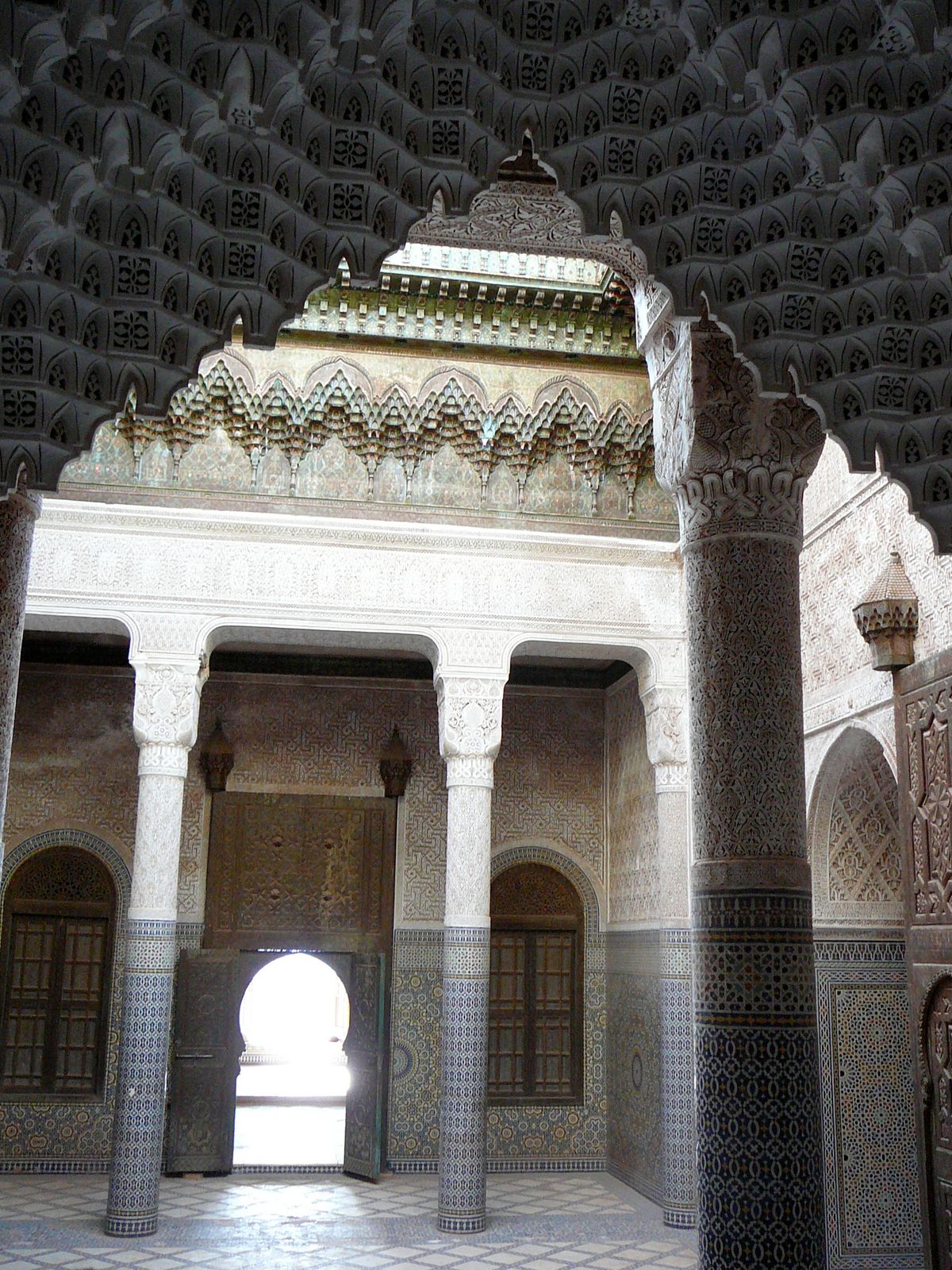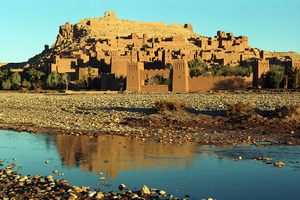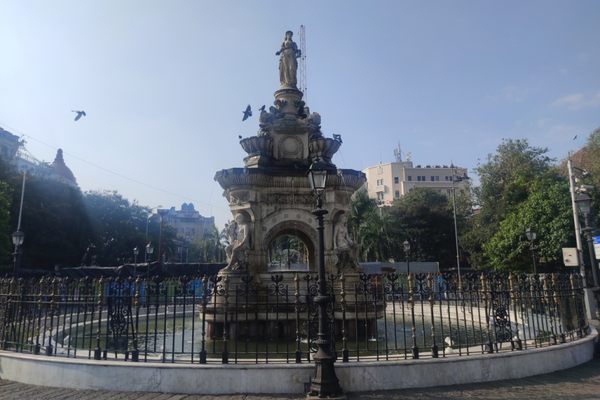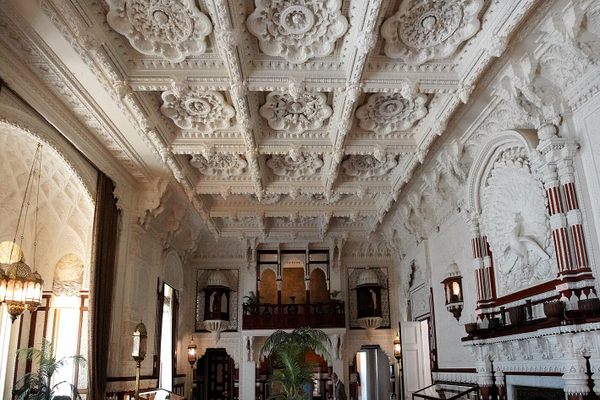About
Although most visitors to the Moroccan Sahara visit the World Heritage Site of Aїt Benhaddou, those looking for a kasbah that’s secluded, off the beaten path, and filled with fascinating history should look no further than Kasbah Telouet, a crumbling yet beautiful village steeped in lavishness, traitorship, and the struggle for Moroccan independence.
In the makhzen, the pre-1957 feudal system of Morocco, a Sultan ruled the country, while a group of Pashas, the equivalent of dukes, instated local control by imposing taxes and keeping order. One of the most powerful Pashas of 20th Century Morocco was Thami El Glaoui, the "Lord of the Atlas." The El Glaoui family had close ties to the Sultan and had presided over Kasbah Telouet since its construction 1860, and from 1912 to 1956, Thami ruled as the Pasha of Marrakech.
Thami El Glaoui can be easily referred to as the Great Gatsby of Morocco. The El Glaoui family dominated the olive, saffron, and salt trades due to Kasbah Telouet’s optimal placement on the caravan trails, making Thami one of Morocco's richest men. El Glaoui wielded immense political, cultural, and economic clout and was known for throwing ostentatious parties at the kasbah.
But by the mid-20th century, El Glaoui took his political influence one step too far. As the Moroccan independence movement was gaining popularity, El Glaoui teamed up with the French colonialists to oust the current Sultan, Mohammed V, and place Ben Arafa, a Moroccan sympathetic to the French, in power. This served El Glaoui well until 1955, when Mohammed V returned from exile in Madagascar and declared independence for Morocco.
With Mohammed V in charge once again, El Glaoui was declared a traitor and lost all of his political leverage, and Kasbah Telouet has been left to crumble ever since. The El Glaoui family charges an entry fee of 10 Dinah ($1) to the rare visitor in order to preserve the Moorish architecture, ornate windows, painted ceilings, and narrow corridors of the kasbah from decay. Although much of its original beauty is destroyed, the kasbah’s decrepit state has made it the perfect hidden gem for the few who venture out to experience it.
Related Tags
Flavors of Morocco: Souks, Spices & Saharan Stars
A Moroccan Culinary Adventure from Marrakech to Essaouira.
Book NowPublished
June 30, 2017
